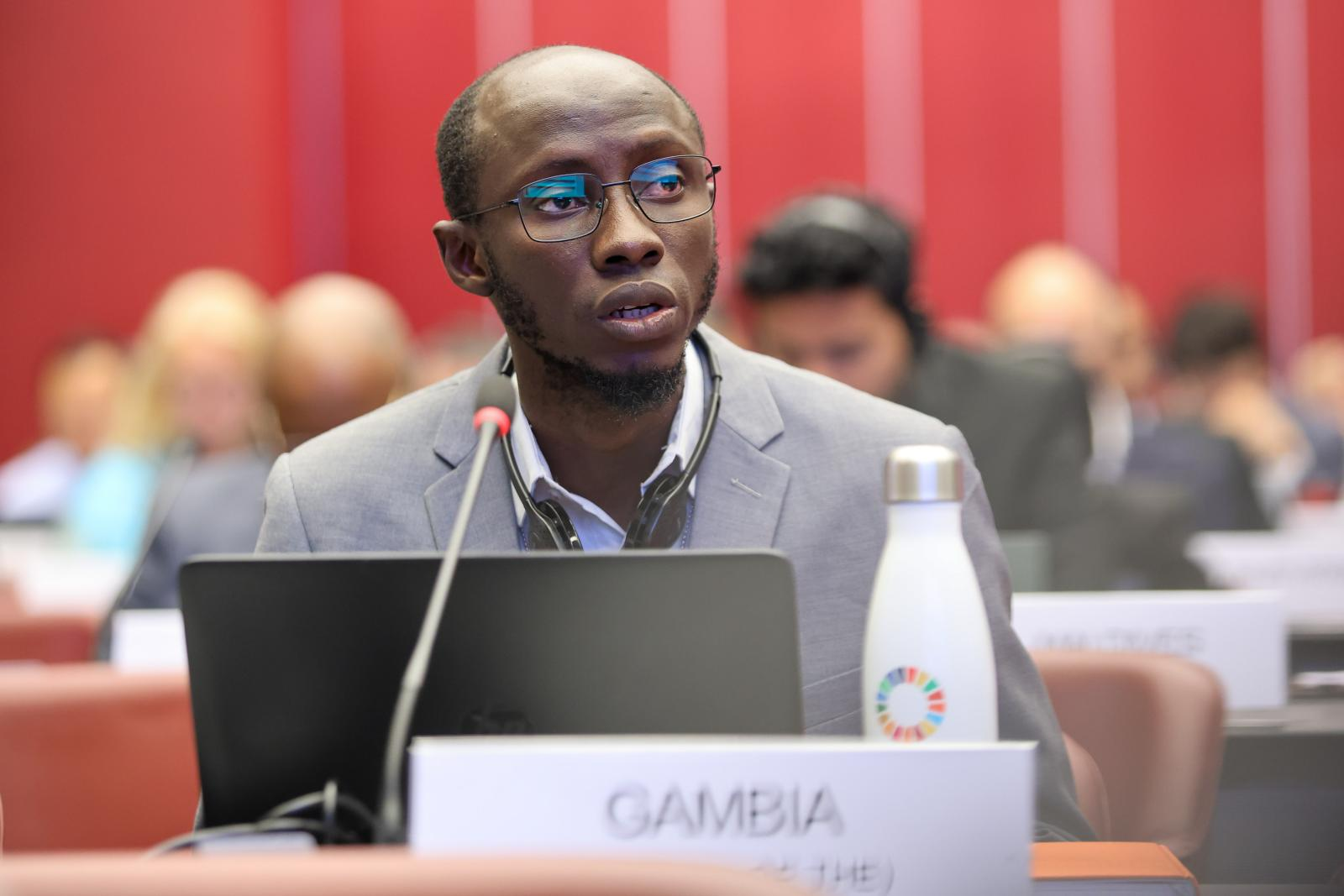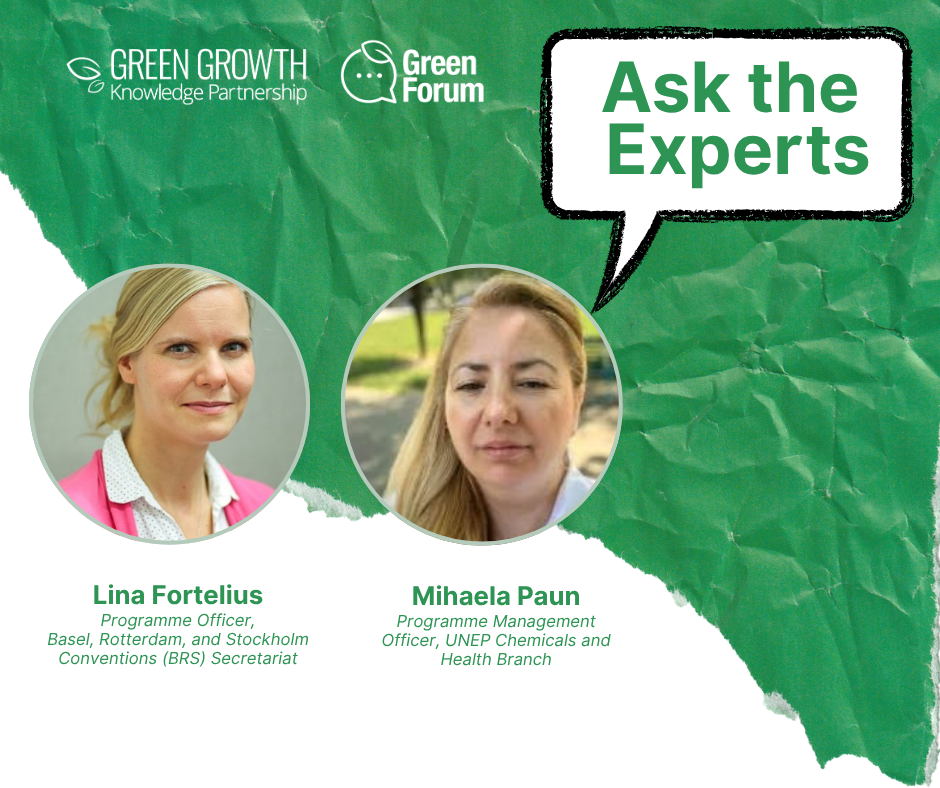This blog post is based on the remarks of Dr. Enkhtuul Surenjav on the Global Green Growth Knowledge Partnership (GGKP) roundtable “National Implementation Plans: Research needs and opportunities in Asia” held on 17 June 2025.
Mongolia has made significant strides in monitoring persistent organic pollutants (POPs), building on a foundation of international collaboration, national capacity building, and systematic data collection. The country’s experience highlights both the achievements and ongoing needs in POPs research, laboratory development, and regional cooperation.
Systematic Monitoring and Data Collection
The second phase of the Global Monitoring Plan (GMP2) project marked Mongolia’s first systematic monitoring of POPs in the environment, including air, soil, water, foodstuffs, and humans. This project enabled the collection of environmental and food samples, as well as human milk, which were sent to expert laboratories for analysis. The results allowed for the prioritisation of POPs, guiding future studies and the creation of national chemical analytical capacities. Legacy POPs, particularly dichloro-diphenyl-trichloroethane (DDT) and hexachlorocyclohexane (HCH), were found to be more abundant in all matrices. Notably, high amounts of HCH were detected in soil samples from contaminated areas, and elevated levels of hexabromocyclododecane (HBCD) were found in air samples, likely due to the use of expanded and extruded polystyrene (EPS/XPS) foams treated with HBCD in building insulation. HBCD was also quantifiable in human milk, indicating unintentional release and exposure.
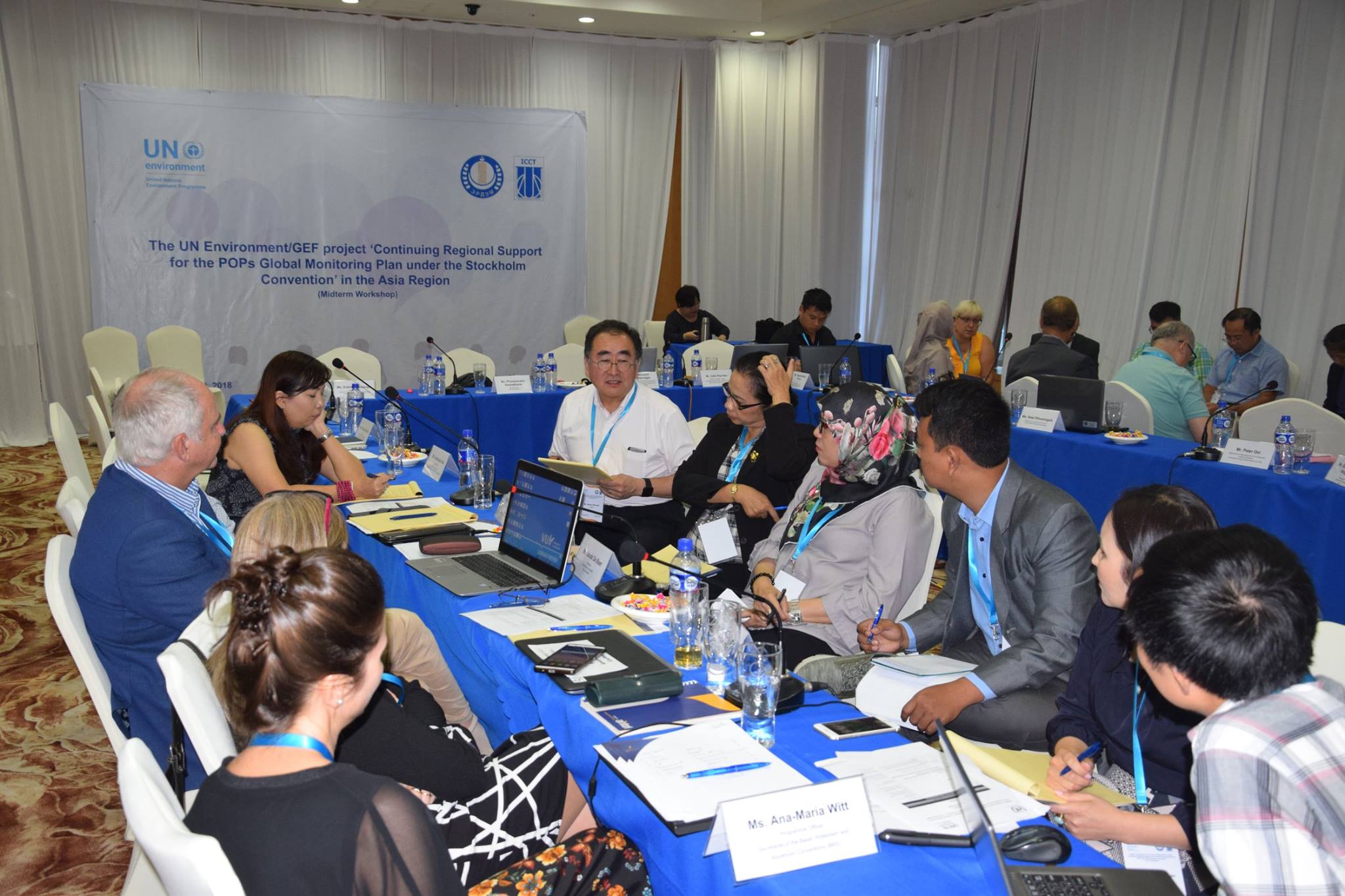
Plastic pellet sampling, conducted as a continuation of the GMP2 project with a laboratory in Japan, revealed higher amounts of polybrominated diphenyl ethers (PBDE), short- and medium-chain chlorinated paraffins (SCCPs/MCCPs) in some samples, while perfluorobutanesulfonic acid (PFBS) and perfluorohexanesulfonic acid (PFHxS) were present at lower levels in many samples. Brominated flame retardants, dioxin-like POPs, and per- and polyfluoroalkyl substances (PFAS) were generally found at lower levels and may not warrant priority attention at this stage.
Building National Laboratory Capacity
Since the establishment of its national POPs laboratory in 2015, Mongolia has received a couple of trainings under the GMP2 project, including UNEP Chemicals’ POPs training on polychlorinated biphenyls (PCB) and organochlorine pesticides (OCP) analysis using gas chromatography (GC), and high-volume air sampler training. Analytical methods and standard operating procedures were also provided through the GMP2 project, and the laboratory is equipped with a GC ECD 7890A from Agilent and a Thermo Scientific TSQ 8000 Triple Quadrupole Gas chromatography tandem mass spectrometry (GC-MS/MS). Facilities also include equipment for both active and passive air sampling, a sample preparation room, and essential chemicals and standard solutions, though procurement of standards has sometimes been slow and challenging.
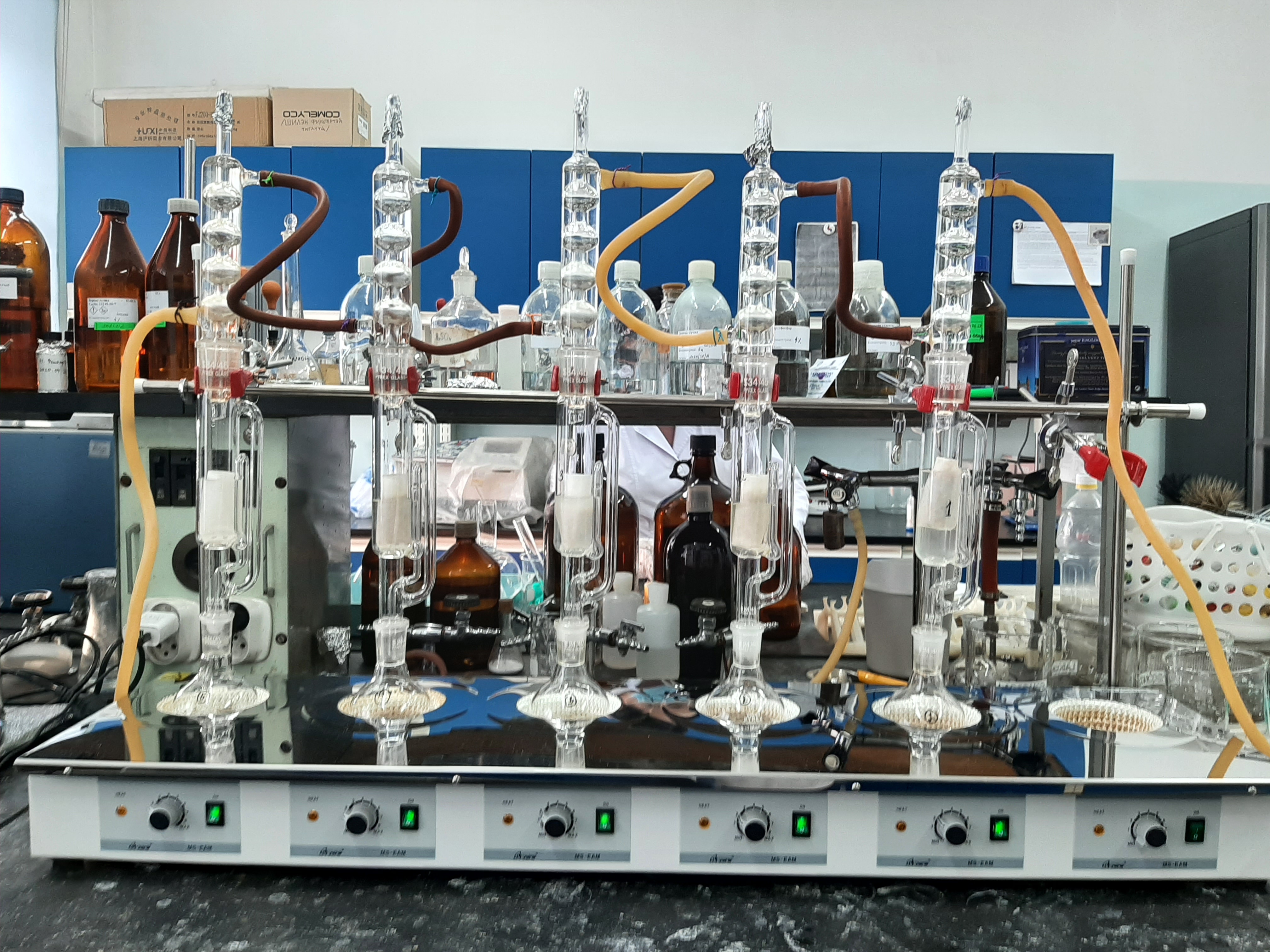
Participation in the fourth round of POPs interlaboratory assessment provided valuable experience, even though the laboratory’s results were not optimal due to its basic status. The process involved testing analytical standards and samples such as sediment, human milk, and air extracts, contributing to the laboratory’s ongoing development.
Regional Collaboration and Synergies
Mongolia has actively engaged in regional and international POPs monitoring initiatives. It has been part of the Environmental Persistent Organic Pollutants Monitoring Project in East Asian Countries (POPsEA project) since 2004, participating in cooperative air monitoring in the Terelj area multiple times and regularly attending workshops on environmental monitoring of POPs in East Asian countries. The Institute of Chemistry and Chemical Technology (ICCT) POPs laboratory has expressed interest in joining the core laboratories programme.
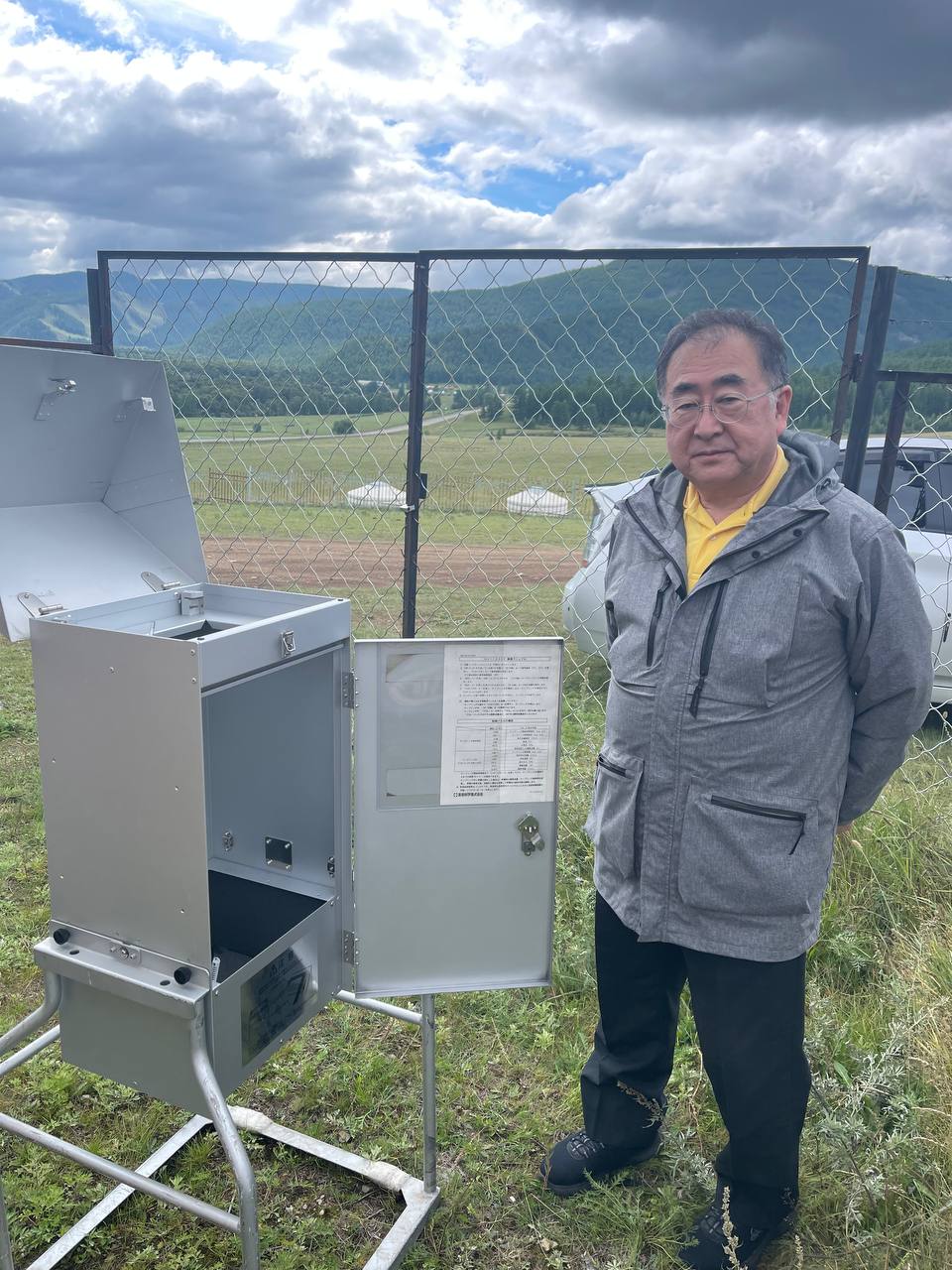
Mongolia also has organised technical seminars on POPs monitoring and sampling. Collaboration with the National Institute of Environmental Research, Ministry of Environment, Republic of Korea, has provided regular training opportunities for Mongolian researchers both in-person and online.
Sustainability and Future Monitoring
In its ongoing journey toward safeguarding environmental and public health, Mongolia is turning its focus to strengthening its national capacity to monitor POPs. Recognising that sound science underpins ambitious plan that the country has identified clear priorities: continuous training of laboratory personnel, investment in state-of-the-art analytical instrumentation, and the establishment of robust quality assurance systems.
There is a strong and growing determination to build in-country capacity to monitor key environmental and human health matrices—including food, breast milk, air, and soil—thus reducing reliance on external laboratories. This ambition calls for a sustained effort in method development, validation, and long-term capacity building.
At the heart of this vision lies the implementation of a comprehensive national POPs monitoring plan. The plan will address both legacy POPs—such as lindane, HCH, DDT, and indicator PCBs—as well as emerging contaminants like PFOA and PFOS, in alignment with global priorities.
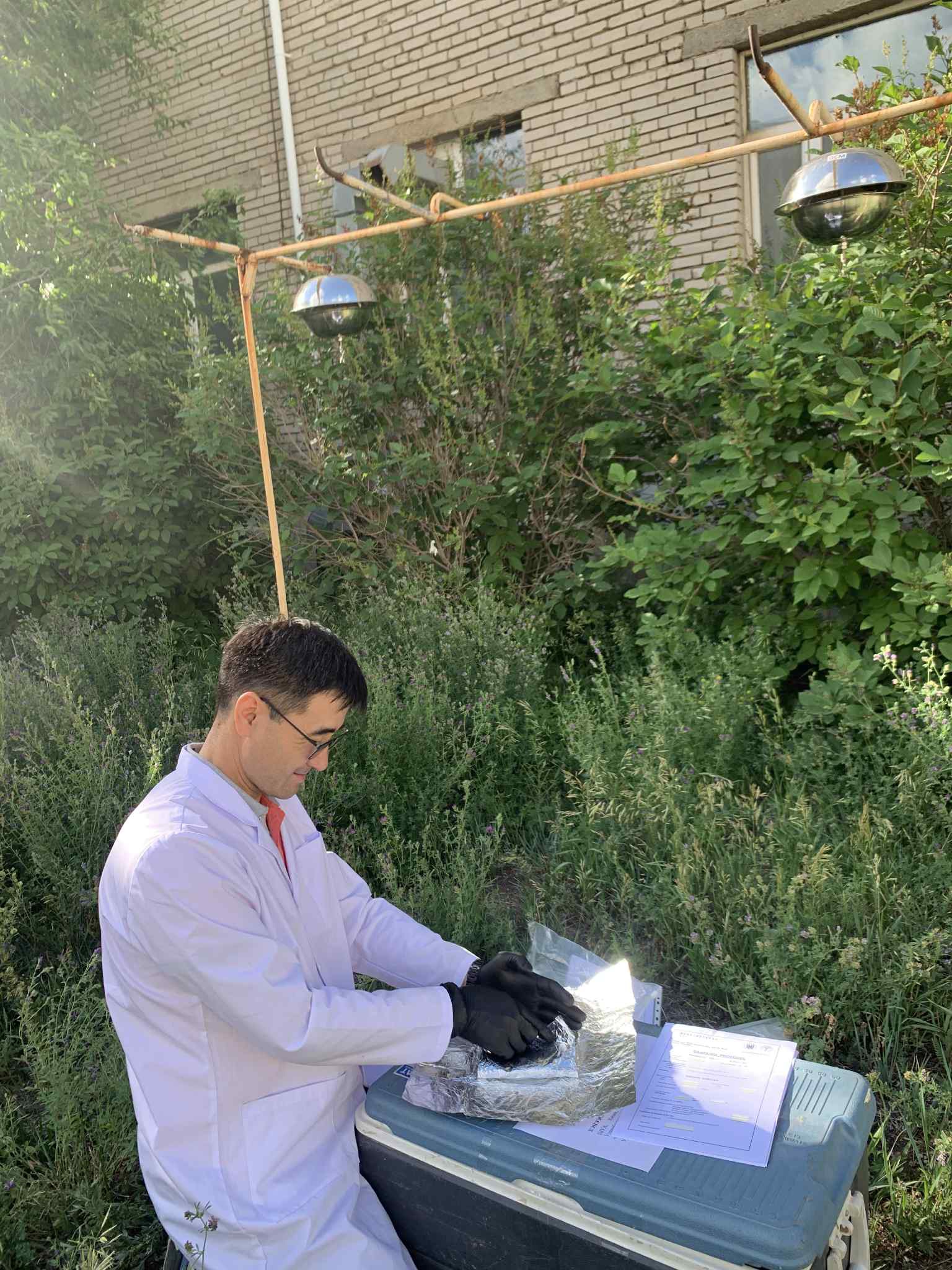
Mongolia’s continued participation in long-term air monitoring under the POPsEA project framework, along with its engagement in the Global Chemicals Monitoring Programme (GCMP), will play a vital role. These efforts are not only essential for producing reliable, comparable data across the region but also for informing evidence-based policy that advances the objectives of the Stockholm Convention and supports a healthier future for all.
“The most important thing is that we need to strengthen and expand the research collaboration. That's why I'm also participating in today's discussion, and I hope we will explore more POPs research collaboration opportunities in the future.”
As Mongolia advances its POPs monitoring agenda, its commitment to science-driven policymaking and institutional resilience will be shaping a more informed, coordinated, and sustainable approach to managing chemical pollution—both nationally and across the region.
This blog post was developed drawing on insights from the GGKP roundtable “National Implementation Plans: Research needs and opportunities in Asia” held on 17 June 2025. As part of the Global NIP Update project (GEF ID 10785), funded by GEF and led by UNEP, this roundtable brought together researchers and experts engaged in reviewing and updating NIPs under the Stockholm Convention to foster peer learning on the development of POPs inventories.
To learn more about the Global NIP Update project, visit Global NIP Update | Green Policy Platform
For a deeper dive into the GGKP regional roundtable focused on Asia, you can access the full recordings and materials here: https://www.greenpolicyplatform.org/webinar/national-implementation-plans-research-needs-and-opportunities-asia
Authors:
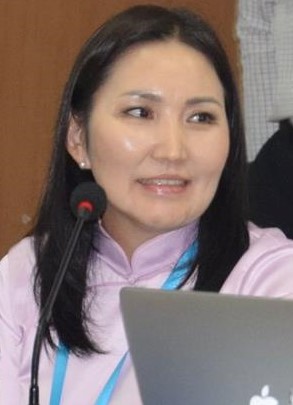 |
Dr. Enkhtuul Surenjav, Mongolian Academy of Sciences, Ulaanbaatar, Mongolia |
 |
Ms. Soomin Bae, Knowledge Management Support Consultant (GGKP, GGGI)
|

